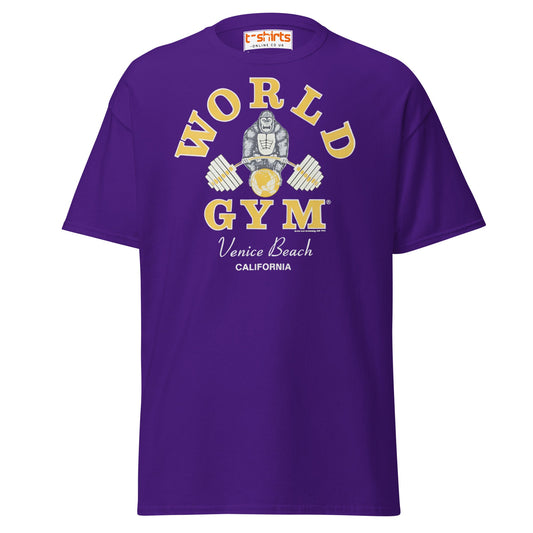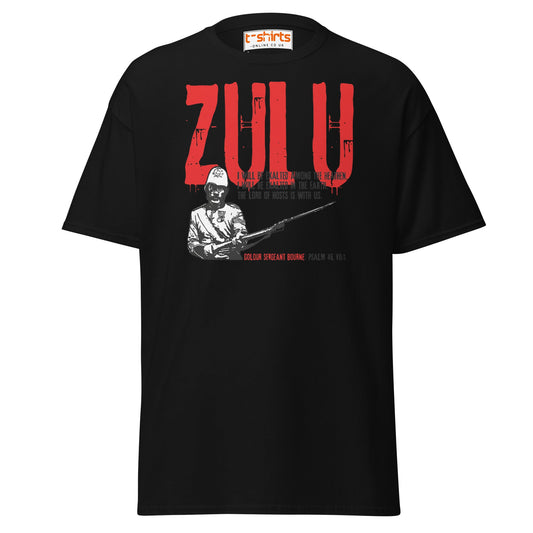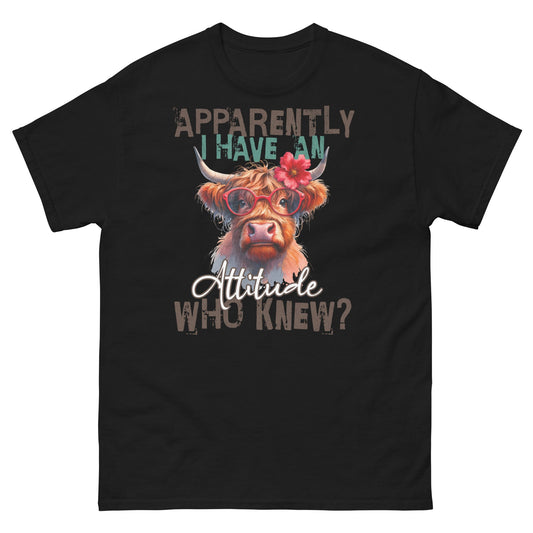
The Science Behind the Perfect T-Shirt Fit: What You Need to Know
Finding the perfect-fitting t-shirt can be a game-changer when it comes to your wardrobe. Whether you're a fashion enthusiast or just want to look your best in a basic tee, understanding the science behind the fit is crucial. The ideal t-shirt fit can flatter your body shape, enhance your style, and ensure maximum comfort. But what makes a t-shirt fit perfectly? Let’s break it down.
Why Fit Matters
The right t-shirt fit isn’t just about looks; it’s also about comfort and functionality. A well-fitted t-shirt helps to define your shape without feeling restrictive, whereas an ill-fitting shirt can make you feel self-conscious or uncomfortable. Whether you're wearing your tee casually or dressing it up, the fit influences how you carry yourself.
The Three Key Areas of T-Shirt Fit:
-
Shoulders: The shoulder seam of a t-shirt should align with the edge of your shoulders, not drooping down your arm or sitting too high. This area is important because it influences the overall fit of the shirt. If the shoulders are too wide or narrow, the entire shirt may feel unbalanced.
-
Chest: A well-fitted t-shirt should fit snugly around the chest without being too tight or too loose. If there’s too much space in the chest area, it can make the shirt look boxy. On the other hand, a shirt that’s too tight in this area can restrict movement and feel uncomfortable.
-
Length: The length of your t-shirt can drastically affect its fit. Ideally, a t-shirt should end around your hips or mid-waist—long enough to tuck in, but short enough to leave a bit of room for movement. You’ll want it to be long enough to avoid riding up when you raise your arms, but not so long that it looks like a dress.
How to Determine Your Ideal Fit
The perfect t-shirt fit isn’t one-size-fits-all. Body shape, personal style, and comfort preferences all come into play when choosing a tee. Here's a guide for finding the perfect fit for different body types:
1. The Slim Fit
If you have a leaner build, a slim-fit t-shirt might be your best bet. This style will hug your chest and waist, creating a sleek silhouette without being too tight. Make sure the fabric has a bit of stretch to allow for movement, but it should still be fitted enough to highlight your body shape.
How to spot it: A slim-fit t-shirt will taper slightly at the sides and be more form-fitting around the arms and chest. The shoulder seams will sit precisely on the edge of your shoulders.
2. The Regular Fit
This is the most versatile fit, designed to work well for most body types. It provides a little more room than a slim fit, making it ideal for people who want comfort without sacrificing style. A regular fit offers a balanced look, fitting loosely around the torso without being baggy.
How to spot it: A regular-fit t-shirt will have a straighter cut around the torso and arms, providing a classic, relaxed look that allows for comfort while still maintaining a structured shape.
3. The Relaxed Fit
For those who prefer a looser, more casual vibe, the relaxed fit offers ultimate comfort. This type of t-shirt has more room around the chest, waist, and shoulders, creating a laid-back look perfect for lounging or streetwear.
How to spot it: Relaxed fit tees will feel roomy throughout the body and are often worn oversized, with sleeves slightly longer and the body cut to sit lower around the hips.
Choosing the Right Fabric for the Perfect Fit
The fabric of a t-shirt plays a huge role in how it fits and feels. While cotton is the most popular choice for its softness and breathability, different fabrics can offer different fits and comfort levels. Here's a breakdown:
-
Cotton: Soft, breathable, and comfortable. Cotton is the go-to fabric for most t-shirts, offering a natural fit that molds to your body over time. Keep in mind that cotton can shrink when washed, so be mindful of sizing.
-
Polyester: This synthetic fabric is lightweight, durable, and quick-drying. T-shirts made from polyester or polyester blends are often more fitted and retain their shape after washing.
-
Linen: A great option for warm weather, linen t-shirts have a relaxed, breathable fit that’s perfect for casual days. However, linen can wrinkle easily, so it's best for laid-back, comfortable looks.
-
Blends: A mix of cotton and synthetic fibers like polyester, these fabrics provide a balance of softness, durability, and stretch. A cotton-polyester blend t-shirt will generally offer a bit more structure without being stiff.
How to Find the Right Fit for You
Now that you know the science behind the perfect t-shirt fit, how do you find the one that works best for you? Here are a few tips:
-
Know Your Measurements: To determine your best fit, take your chest, waist, and shoulder measurements. Compare these with the sizing guide provided by the brand to ensure a good fit.
-
Try It On: Whenever possible, try on the t-shirt before buying to check for comfort, especially in the shoulder and chest areas. Movement is key.
-
Consider the Look You Want: Do you want a fitted look or a relaxed style? Choose your fit based on the vibe you're going for—whether it’s for an athleisure look, casual everyday wear, or a more polished outfit.
-
Wash and Dry: After purchasing, wash the shirt as you would regularly. Many t-shirts will shrink a bit after the first wash, so it’s important to check the fit again after care.
Final Thoughts:
The perfect t-shirt fit is a combination of personal style, body shape, and fabric choice. Whether you prefer a slim, regular, or relaxed fit, it’s essential to understand how these elements work together to create a flattering, comfortable look. Take the time to find a t-shirt that not only looks great but feels great too, and you’ll have a versatile wardrobe staple that you can wear confidently for years.








